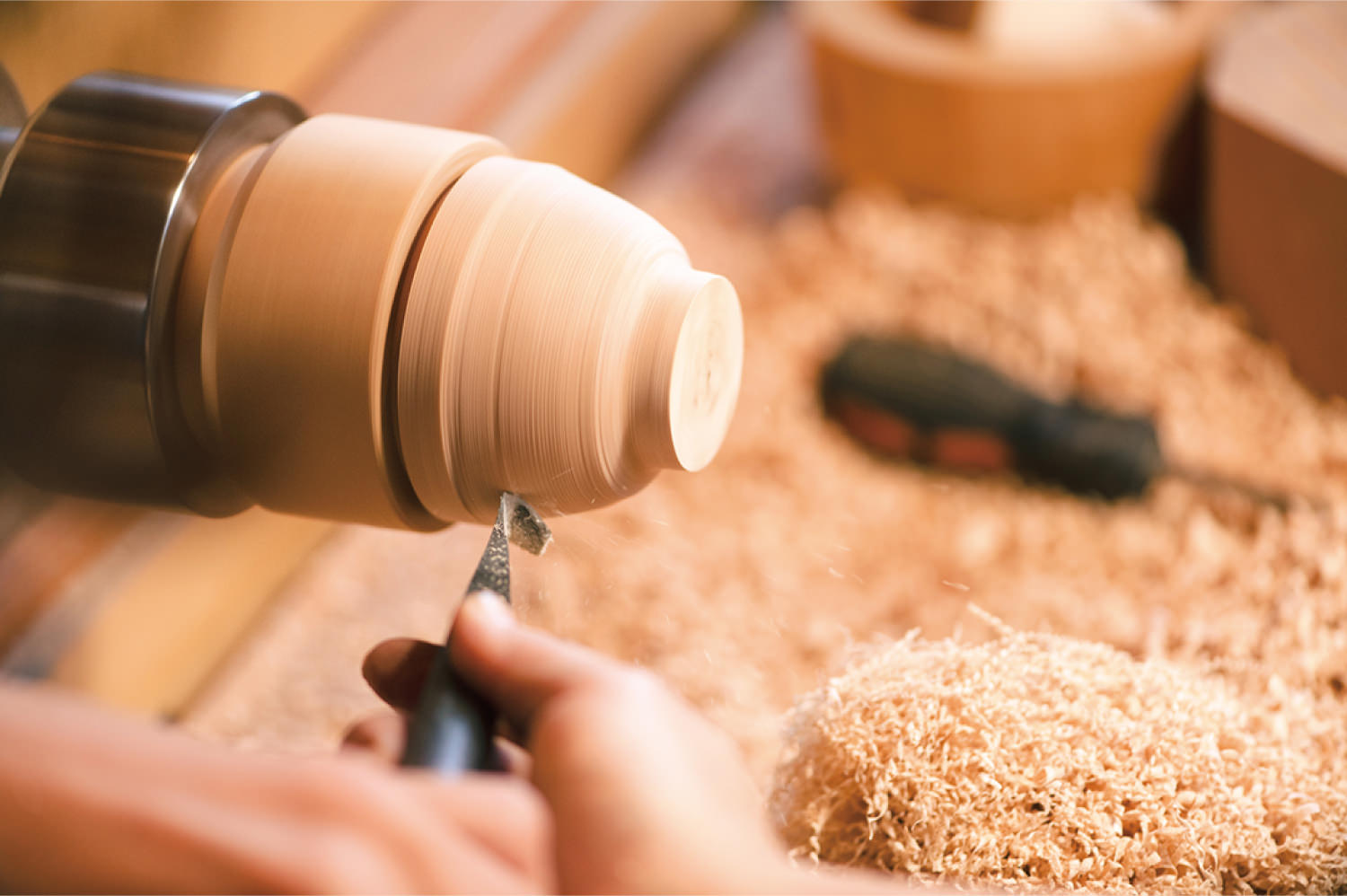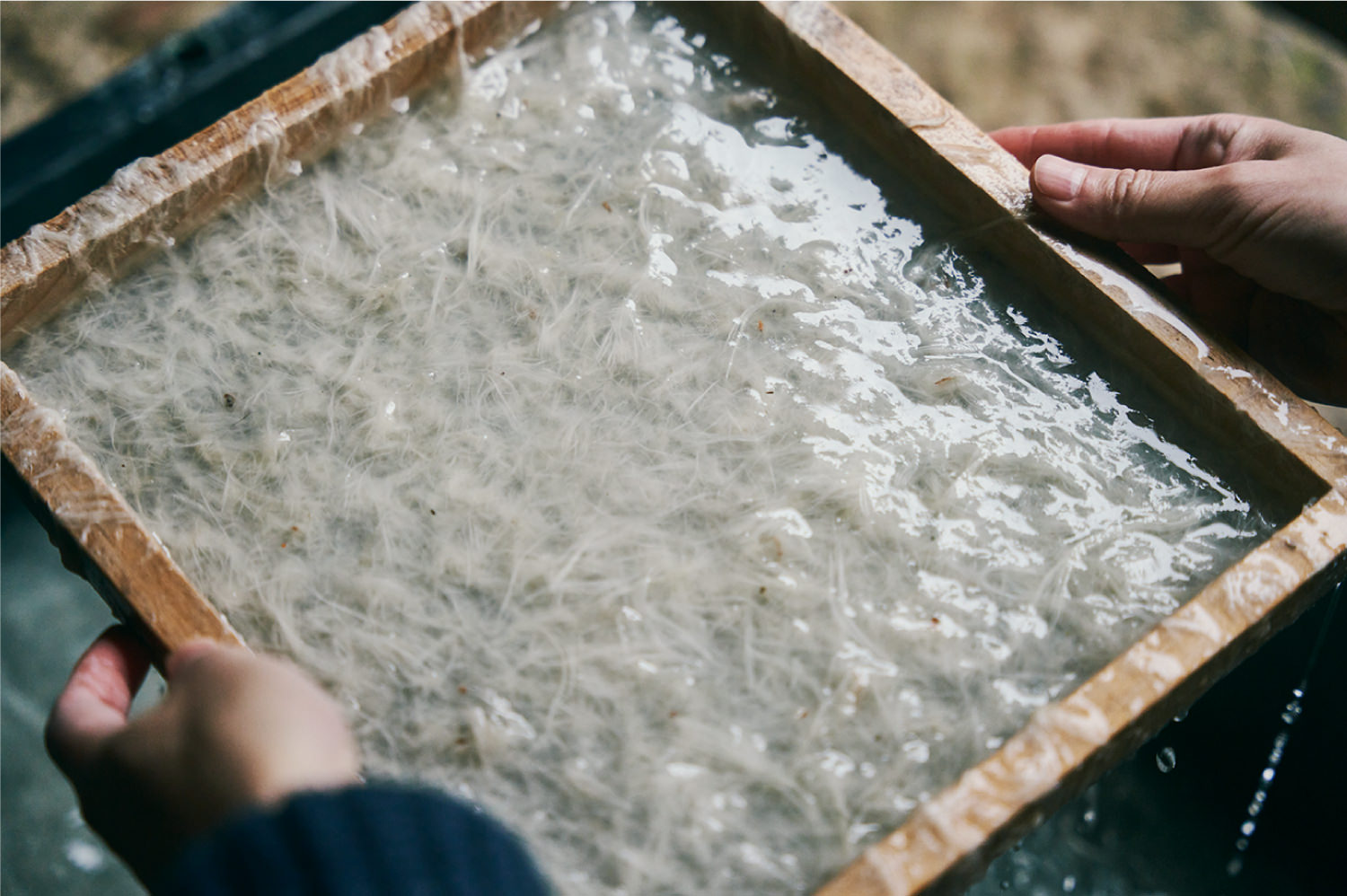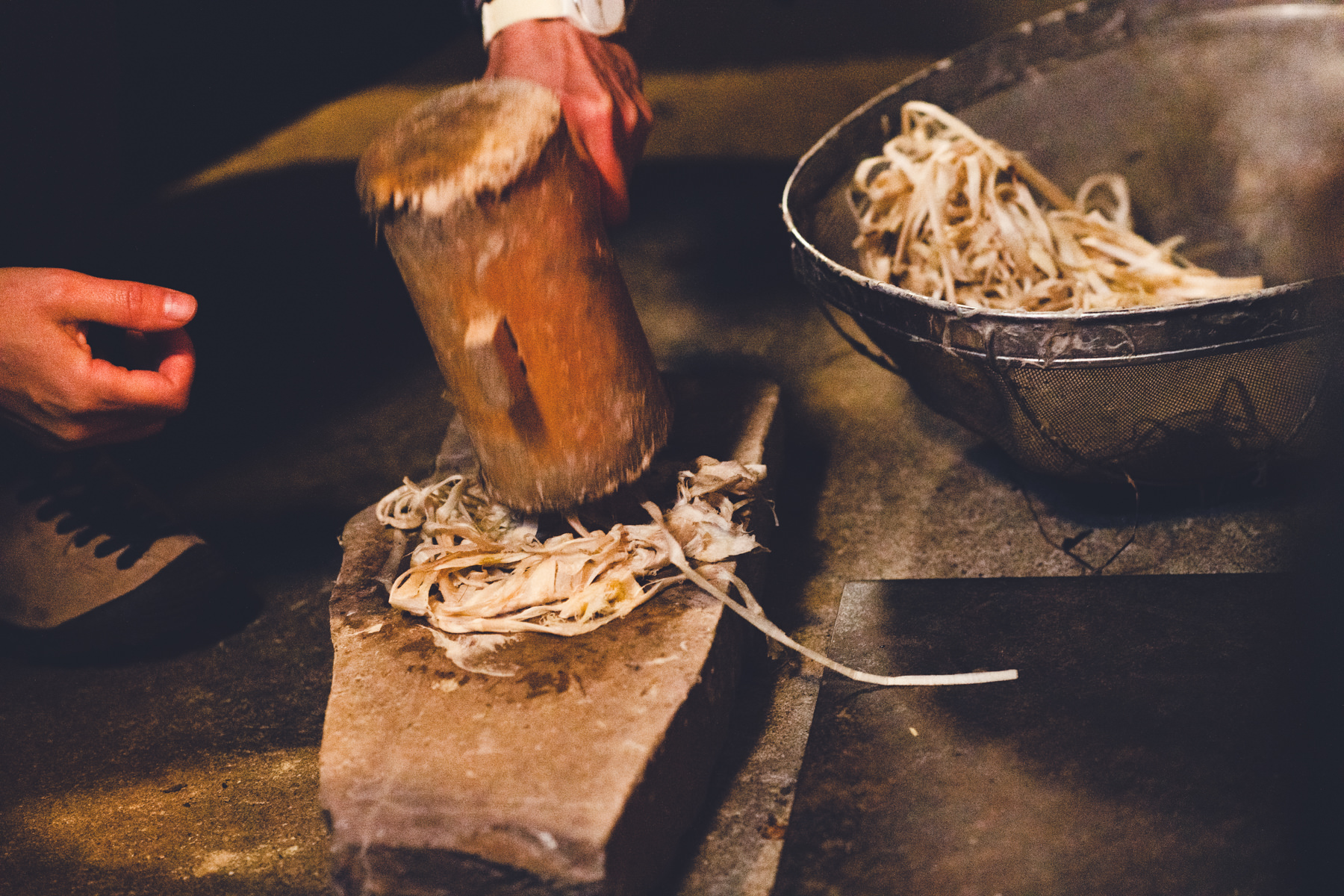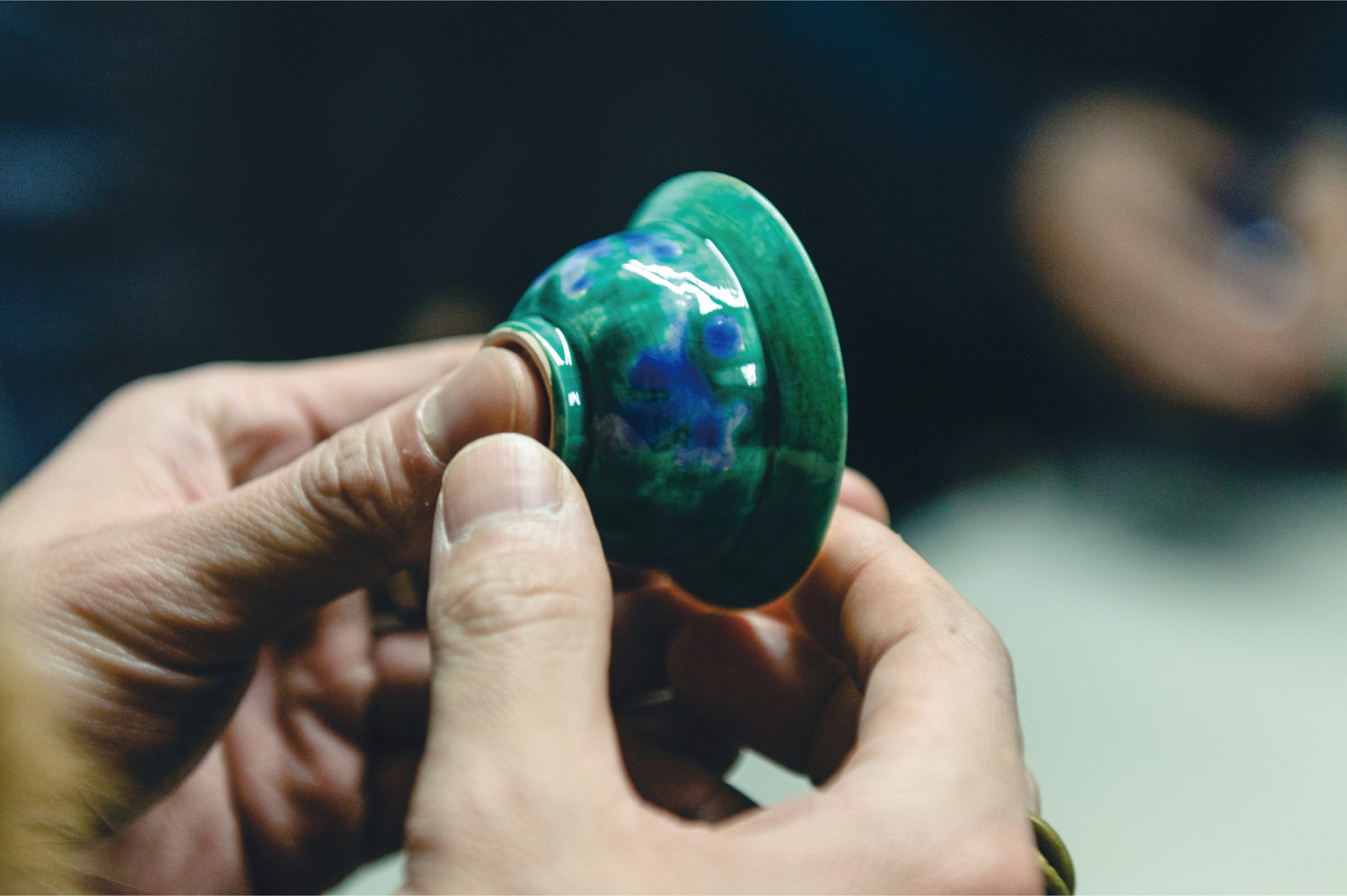CRAFT
Craft lives here.
Experience the wisdom of traditional crafts.
A space where food, shelter, work, and learning are gently interlaced with the old and the new. Within a cluster of renovated 100-year-old homes, all these elements come together woven by the hands of craft.
Takigahara lies in Japan’s Hokuriku region, where traditional crafts such as lacquerware, washi paper, and porcelain have long flourished. The wisdom and spirit behind these time-honored practices are deeply embedded in the life of this village.
At TAKIGAHARA, we honor and explore the presence of craft in everyday life as something to learn from, use, and experience through hands-on connection. We value the spirit of onko-chishin: learning from tradition.
Here, craft is more than an object. It is a living question. How do we create? Why do we preserve? Whose hands will shape and carry these works forward? The ongoing dialogue around these questions forms the foundation of what TAKIGAHARA is today.
To share that dialogue and the spirit of making, we offer hands-on craft experiences rooted in the nature and history of TAKIGAHARA. Workshops are open to everyone, from first-time makers to experienced artisans.
Through these cultural encounters and quiet conversations, we hope to become a small catalyst, renewing the spirit of Japanese craft and passing it on to the next generation.
Here, craft is always close. Always living.
For more details about our craft workshops, please visit Lean & Play.









